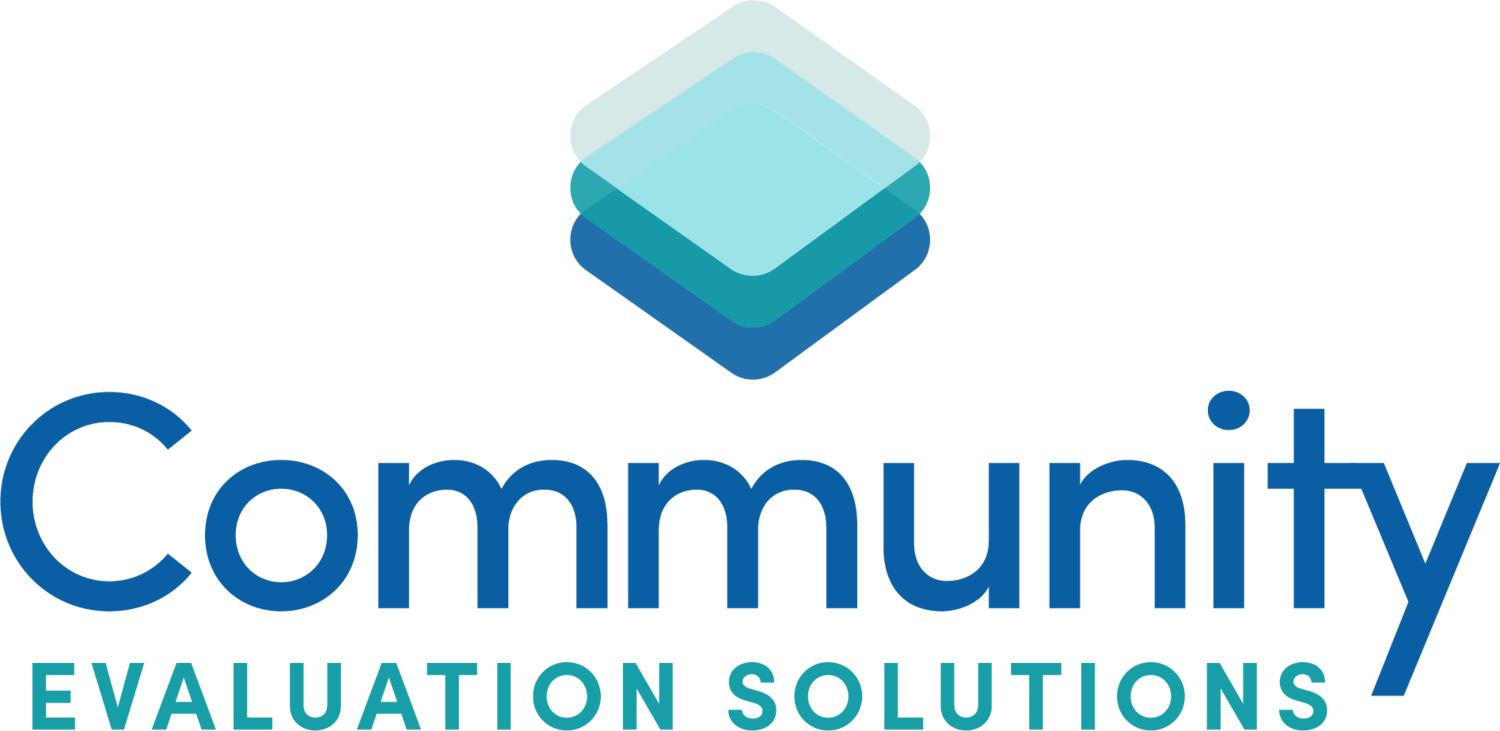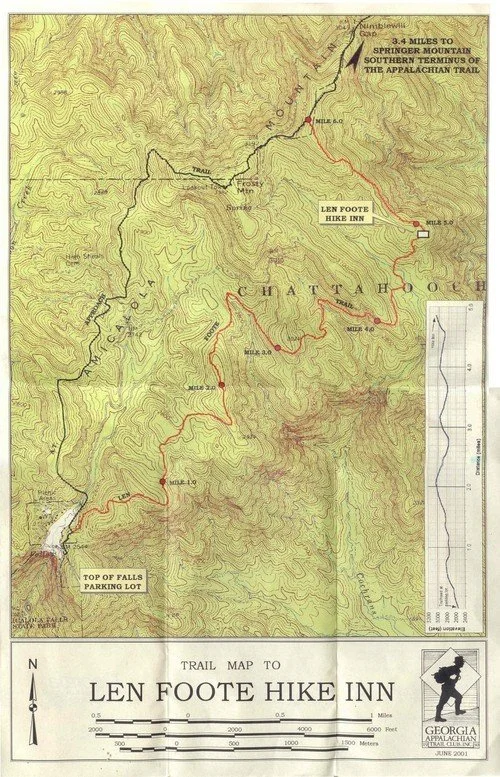The Road Less Traveled
My friend Julie and I love to hike. A few years ago we spent a weekend in the North Georgia Mountains at the Hike Inn, a GA state park only accessible by foot. It is a 5 mile “moderate” trek to the Inn. http://hike-inn.com/.
Like me, Julie is a consultant (she is a software engineer) and we have found over the years that even though we work in different areas, our relationships with clients and our processes are quite similar. We both love metaphors.
Naturally, the first thing we did was look for a sign, right? Notice this sign says lodge. Now, you can get to the trail near the lodge but there is a much more direct trail right next to this sign to the left. (We found that sign on our way down. I thought this was pretty funny). So we spent ½ hour just trying to find the trailhead. I told Julie this was similar to programs not doing the groundwork for an evaluation (i.e. failing to design a program logic model or a startegic plan or in or case, having the map but not following it).
When all else fails, read the directions….
So, once we found the trail, we set off. The hike was a lovely jaunt (LOL) through the woods and up and down (and up and down) the GA foothills. So the first thing we learned right off the bat is something my son’s scout leaders said on a 10-mile hike of the lower Appalachian Trail, “Everyone is on their own hike.” I had to remind myself of that both going to the Inn and on our way down as folks of all ages passed us by. That was a bit discouraging.
But the main point is to start on the path and get there. So we just went at our own pace. Programs are no different. You may not be the biggest program or the most well-funded, but it is important to start the journey or you will never “get there.” You do this by building your program’s organizational and evaluation capacity. Start with baby steps.
The Hike Inn 5-mile hike is pretty steep at times, so we had to stop every once in a while and catch our breath. We kept ourselves motivated by setting goals (Let’s just make it to the next tree! Think benchmarks and indicators). Of course, the way to do this gracefully is to lean on your hiking stick and pretend you are surveying the vista.
Evaluation work is the same way. It is not fruitful or even prudent to barrel on through. It’s important to take a break and look at what your data is telling you about your program’s impact. If you don’t you might miss some pretty awesome sites (or findings) so stop every once in a while and see where you are. Take a look at your data. Are you where you want your program to be? Are you where your program needs to be? If your program is not where you’d like, make an adjustment.
Besides, the evaluation doesn’t really end, it just continues (ideally) wherever your conclusions lead. Especially when innovation is the goal. Check out this AEA 365 blog by MQ Patton on Developmental Evaluation.
If you’ve measured the right things, and the program is designed well, then the sun will align perfectly and you’ll be able to tell your program’s success story. And if you don’t hit your mark, reevaluate what needs to be tweaked, either in your program or the evaluation. It’s all about learning and the journey. So adjust your plan and start walking.
And if you need help, here are a few great resources to get you on your way. Check out our website. These sites may be helpful too.
Evaluation Planning
Communicating Results and Data Visualization




